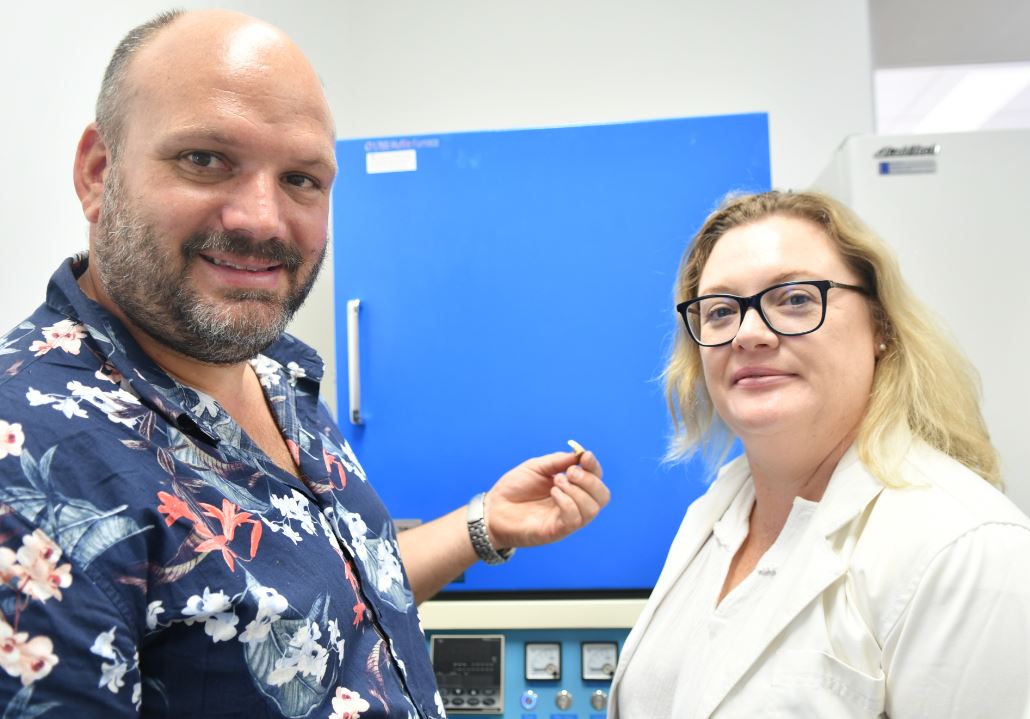
A novel study of bone and tooth fragments from koalas and rodents has given scientists a new way to understand how the Adelaide region has been settled.
Flinders University archaeologists Lee Rippon, Dr Ian Moffat and colleagues have completed the first ever strontium isotope mapping of Adelaide, to help build a dataset to underpin the provenance and seasonal conditions of future archaeological and other discoveries.
Strontium isotopes, found in rocks and soil, eventually make their way to human and animal bones and teeth, where they serve as a "fingerprint" of the locations they inhabit.
By mapping these values across Adelaide process, archaeologists now have a way to chart how people and animals have moved around the landscape - and the impact of human habitation.
Dr Moffat says the mapping of strontium isotopes preserved across the Adelaide landscape is an important step forward in preparing understanding the archaeology of South Australia.
"This analysis establishes a benchmark dataset against which previous studies of human (including Indigenous peoples') tooth and bone samples can be contrasted," he says.
"The Adelaide area is ideally suited for the investigation of human and animal mobility employing stable isotope techniques; both because of the amenable geology and landscape and because of the nature of the archaeological questions that can be addressed in the region," adds Dr Moffat, senior lecturer in Archaeological Science at Flinders University, who also has worked on similar studies in Israel and recently Paleolithic archaeological sites in south-west France.

He says bioavailable strontium maps for regions of archaeological interest are becoming more widespread, with studies conducted in Israel, France, the Eastern Mediterranean, the Isle of Skye, Mexico and the Aegean islands as well as globally but this mapping of Australian regions is rare.
The study of nine teeth and nine bone samples combined advanced technologies including laser ablation multi-collector inductively coupled plasma mass spectrometry, thermal ionisation mass spectrometry and isotope ratio mass spectrometry.
Isotope data was compared to climate information from four weather stations, at the drier Adelaide Airport, Adelaide central (West Terrace) and higher rainfall, elevation and humidity areas near the Adelaide foothills (Waite Institute) and Mount Lofty.






